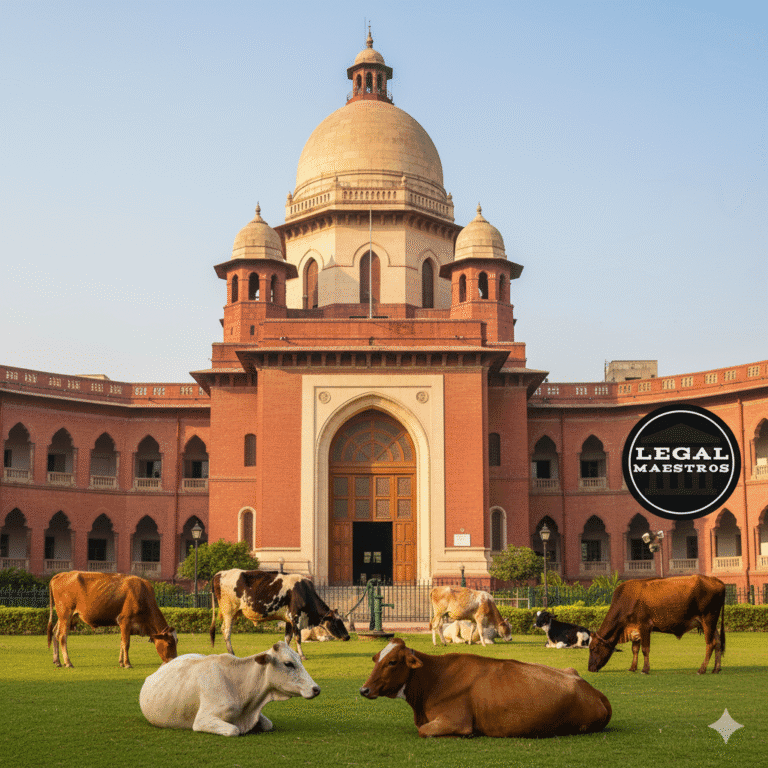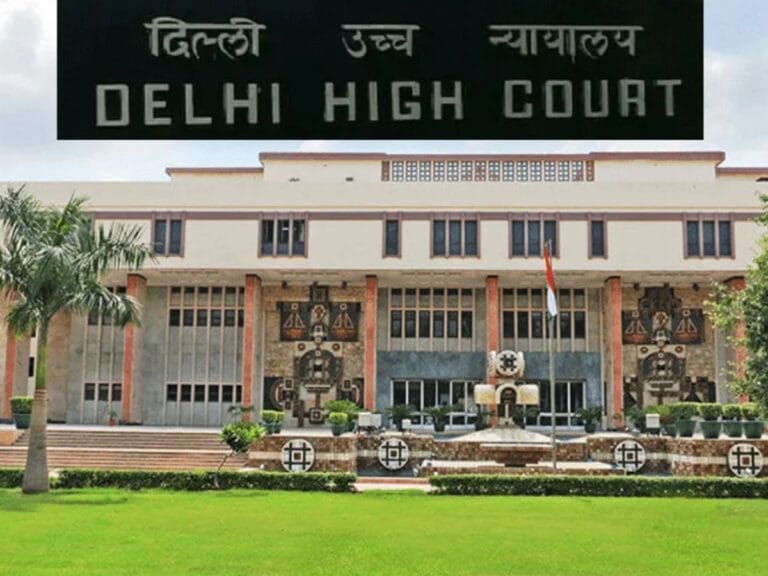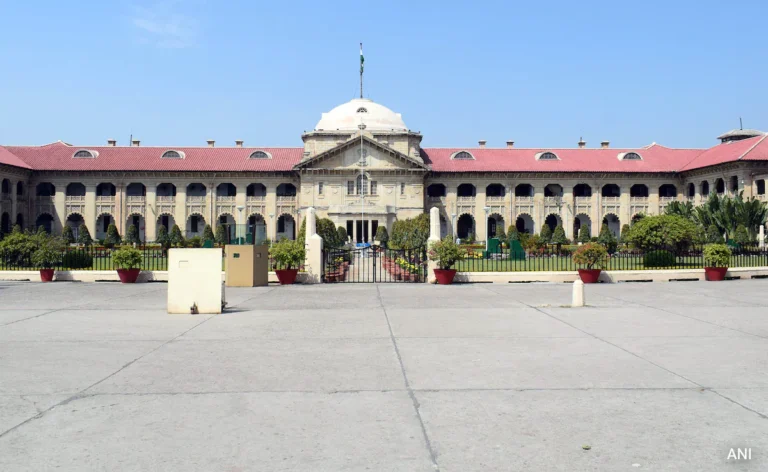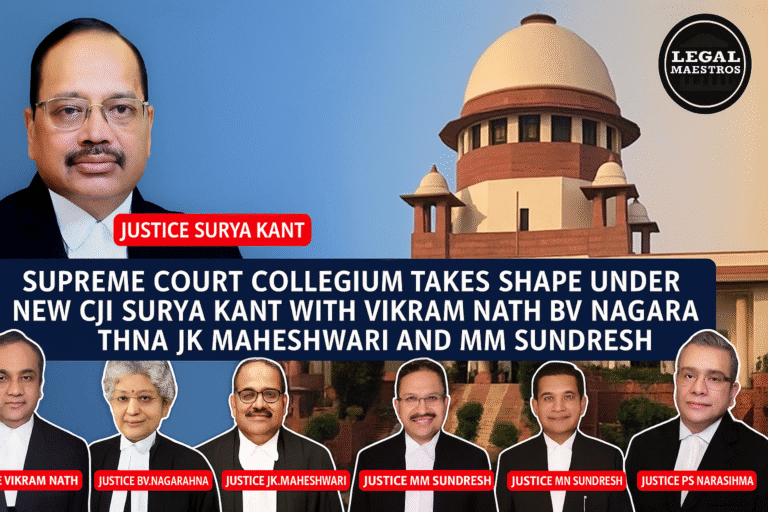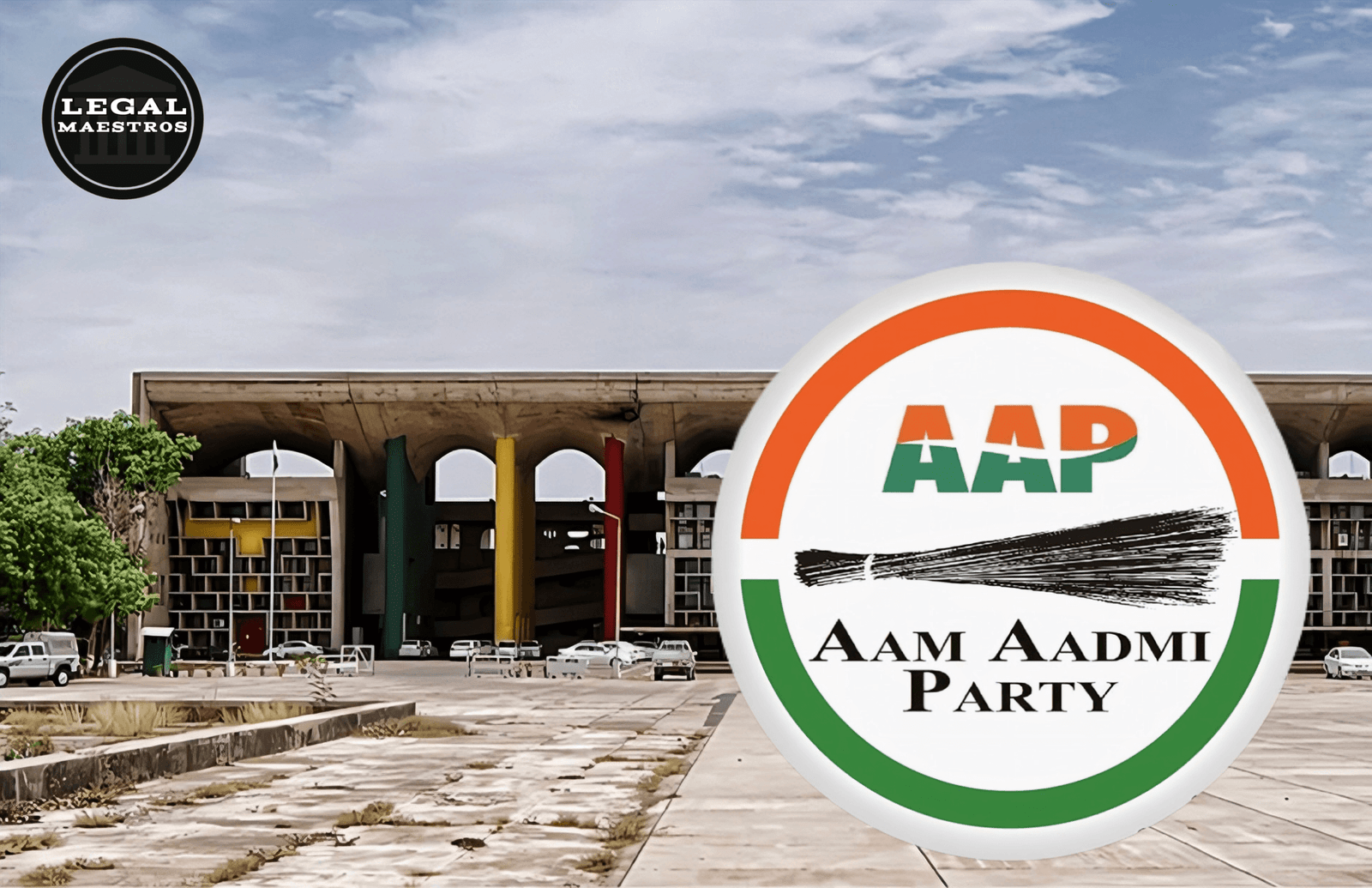
An interim stay has been given by the Punjab and Haryana High Court on a crucial matter in the Land Pooling Policy, 2025, of the State of Punjab, and that too is a significant interim stay making serious doubts about its legality, its implementation and so on thereof. The granting of the stay was with regard to the case under
Gurdeep Singh Gill v. the state of Punjab and another. Among several issues of concern as per the judgment of the court on August 7, 2025 including the fact that no mandatory impact assessment was conducted, the policy is arbitrary in nature and it has the probability of negatively influencing landowners and landless workers.
Case history
A landowner who is a resident of Village Phagla, Gurdeep Singh Gill, owned 6 acres of land, is the person who filed the case. His land belonged to the about 26000 acres in Ludhiana District that were notified to be acquired under the new policy on a voluntary basis. Using the policy, which was supposedly informed under the, as an instrument, the petitioner claimed that the police officers violated the right to a fair hearing.
For any queries or to publish an article or post or advertisement on our platform, do call at +91 6377460764 or email us at contact@legalmaestros.com.
The Right to Fair Compensation and Transparency in Land Acquisition, Rehabilitation and Resettlement Act, 2013 (LARR Act of 2013) has been given a loophole to take advantage of the necessary protections of the law.
The main arguments of the petitioner were confirmed by the fact that
The lack of a Social Impact Assessment (SIA) and an Environmental Impact Assessment (EIA) was appended by Amicus Curiae Senior Advocate Shailendra Jain. Such evaluations are a precondition to land acquisition as per the LARR Act of 2013 between Sections 4 and 8. One of the other aspects the petitioner highlighted as well is that the policy provides an annual livelihood subsidy of Rs. $50,000 per acre to land owners which is not enough to sustain small and marginal farmers.
Observations and legal analysis presented by the Court
Presided over by the Punjab and Haryana high court.
Justice Anupinder Singh Grewal and Justice Deepak Manchanda approached the issue and the arguments of both parties very carefully.
1. The Impact Assessments Pre-requisite
There is a very strong implication of the requirement for SIA and EIA studies in the order passed by the court. The counsel for the state claimed that such evaluations were not necessary at the given stage as the policy was only voluntary and there was no forced acquisition in force. Their argument was that research studies would be conducted later on when the government had some knowledge of the number of land owners that chose to use the policy.
This argument was however not supported by the court and Amicus Curiae as it was stated in Clause 6 of the policy notification on May 14, 2025 that the remaining land which has not been suggested in the voluntary policy will be taken by acquisition.
Mandatory acquisition under LARR Act, 2013. The court argued that the inclusion of such a line would render the whole initiative as a project as per Section 3(z) of the LARR Act, 2013 and therefore impact statements should be done at the outset.
The court makes reference to the case of Supreme Court-Resident’s Welfare Association and another Vs. Chandigarh union territory.
Which states that before allowing development in urban areas, the study of environmental impact assessments has to come first. The Supreme Court had requested the legislature, executives, and policymakers to take this with a lot of seriousness to create a balance between sustainable development and environmental protection. The High Court observed that the plan in question implies seizure of lands whose terms total up to tens of thousands of acres which makes the policy highly potentially detrimental to the environment and society.
2. Arbitrary and discriminatory of the Policy
The policy proved to be potentially
Arbitrary and unconstitutional because they leave two different groups of affected persons without a reasonable rationale.
- Type 1: The ones who willingly provide their land with the promise of a subsistence allowance of Rs. 50,000 per acre, which will later on be upgraded to Rs. 1,00,000 per acre per year once possession of the land is availed of, in addition to a developing land allotment in the future.
- Category 2: The category would be those whose land was confiscated, by the LARR Act, 2013 and would be compensated as set out in that Act.
The court observed that such disparity is discriminatory. The time-tested policy provision
This is further portrayed by H(II) where the landowner who offers 50 acres can retrieve 30 acres of land on a plotted land and a land owner offering only 9 acres would only recruit 3 acres back to H(II). This inequality seems to be in favor of big landowners, and indeed such an issue was addressed by the one who launched the petition.
Also, the policy lacks any
Medical or resettlement programs to the landless laborers or artisans is the entry point in my point of view. The court emphasized that as a welfare state, the state is constitutionally obliged to look into these problems that are normally captured in the SIA.
3. Absence of a sound legal structure
One of the biggest issues that concerned the court was the total lack of sufficiently designed legal and administrative mechanisms that would have allowed the policy in question to be implemented. The court emphasized insufficient clear-time schedules for some important phases:
- Voluntary Participation: There is no specified time limit upon which the voluntary land offering process is going to take.
- Land Possession: The policy does not have a stipulated period within which the development authority should be able to take possession of the land.
- Compulsory Acquisition: There is no definite schedule as to when the LARR Act, 2013, will be invoked on the remaining land.
- Completion of the Project: The commencement of the proposed urban development project has no definite deadline as well as a completion date.
- Delivery of Developed Plots: The policy does not lay out the time line at which land owners will receive the respective developed plots.
- Allowance: No concrete schedule in terms of payment for the Subsistence Allowance.
The court also faulted the fact that the policy did not have a sound policy.
Gratitude redressal system against the persons concerned. It is a fatal omission particularly whereby in the previous policies of land pooling, land owners who have opted to surrender their land have been left not to get their developed plots of land even after years. The court referred to a particular case.
The present case is CWP No. 13774 of 2018 in which the land of a petitioner was acquired way back in 2015 and the developed plot has yet to be allotted.
4. Budgetary allocations and financial viability
There were doubts about the financial feasibility of the policy too. It has been estimated by the AMIUS Curiae that developing just the 7,806 acres in Ludhiana district would cost roughly
An estimated development cost of Rs. 1.25 crores per acre says you would need Rs. 10,000 crores. The senior council of the state had no instructions when asked about budgetary allocations. This called into questions about whether the state would be in a good position to fund such a huge project.
Future implications
On the basis of these findings the court has indicated that
Well having a mai prima facie perspective is that the concerned policy seems to have been notified hurriedly and ought to have covered all the differences in social and environmental impact assessments, timelines, and redress/grievance mechanisms since day one.
The Land Pooling Policy, 2025, is interim stayed by the court and the state has been granted some time to respond to the allegations and air its views. The case has been scheduled again for September 10, 2025.
This judgement presents a great lesson for big ticket development policy especially the acquisition of land should strictly adhere to the provisions of the law and the principles of the constitution. The ruling highlights the functions of the judiciary in safeguarding the rights of the citizenry and that government policies should not only be well-intended but also must be legal, transparent, and fair.ould strictly adhere to the provisions of the law and the principles of the constitution. The ruling highlights the functions of the judiciary in safeguarding the rights of the citizenry and that the government policies should not only be well-intended but also must be legal, transparent, and fair.

